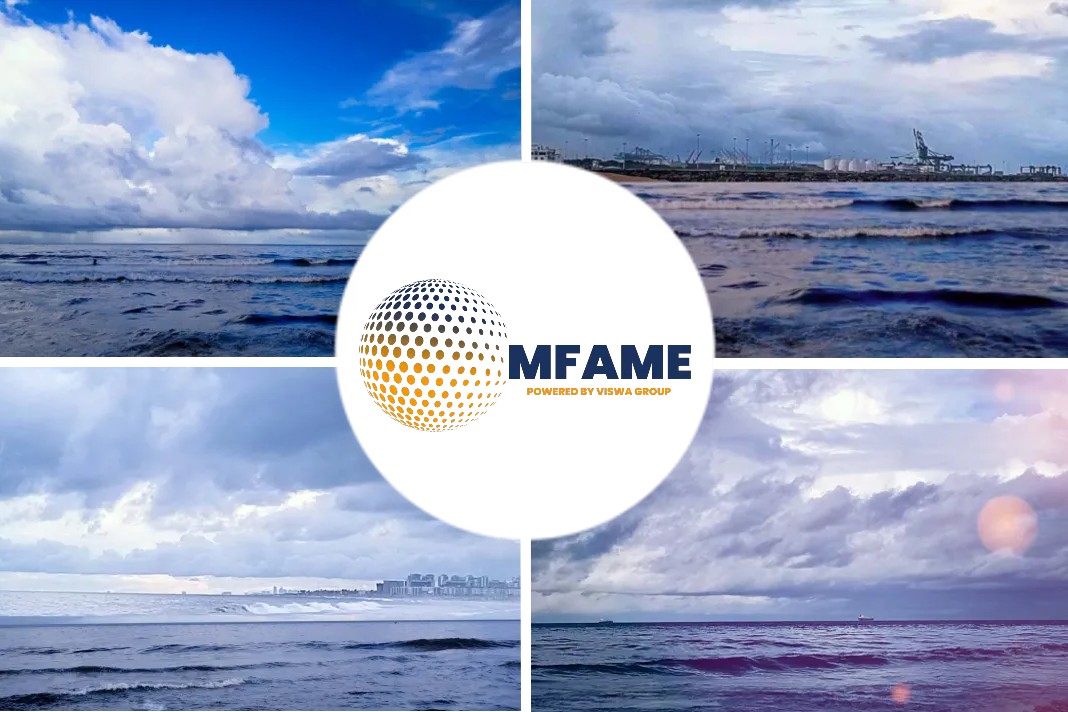Industry experts during a panel discussion at the 20th Singapore International Bunkering Conference 2018 expressed that LNG bunkering demand could rise with stricter environmental rules in shipping, but more needs to be done to help shipowners overcome implementation hurdles in the longer term.
LNG bunkering
The focus on LNG bunkering comes at a time when there is an increased focus on shipping carbon emissions, as the industry accelerates towards the International Maritime Organization’s global sulfur cap rule starting January 1, 2020.
Most LNG variants have no detectable sulphur, and emission of particles and nitrogen oxide by LNG-fueled vessels are considerably lower than by ships using other marine fuels. It also helps tackle greenhouse gas emissions. While there have been ongoing efforts to make it more accessible at key ports, supply remains a challenge depending on vessel routes and compatibility.
Tahir Faruqui, Shell’s general manager for Downstream LNG and FueLNG’s director said, “It’s not about the availability of LNG globally, the footprint is already there. It’s finding that mastermind supply chain to get the bunker operation completed”.
Route changes
In view of supply, shipowners would have to consider the routes that their vessels are taking and whether the solution works for them commercially.
Michihiko Nakano, MOL’s general manager for its bunker business office said, “We’ve got some [availability] at Rotterdam and Singapore and it’s enough particularly for the main route from Europe to Asia. But for [vessels like] dry bulk carriers, we don’t know where they are going, so availability is still an issue [depending on vessel routes]”.
The option is hence more viable for ships with fixed routes, or vessels with fuel consumption rates that could eventually compensate for the initial cost of investment.
Singapore: A hub for LNG bunkering initiatives
In 2014, the Maritime and Port Authority of Singapore formed an international focus group to deepen cooperation and information sharing on LNG bunkering. Since then, the LNG bunkering port focus group has grown from three to 11 participants.
Separately, the MPA has recently joined SEA\LNG’s membership coalition to further drive and align MPA’s efforts with the global LNG bunkering supply chain. Moreover, Price uncertainty also remains another concern to LNG bunkering adoption, as a one-size-fits-all pricing solution for LNG bunkers is unlikely to exist.
Jerome Leprince-Ringuet, Total Marine Fuels Global Solutions’ managing director said, “In the LNG world, there are all the sophisticated pricing tools that we find today”.
Depending on the suppliers or policies, these can range from hedging tools to fixed prices, one-price indexes, pricing off fuel oils or MOPS [Mean of Platts Singapore], or connecting the pricing to the gas markets.
Aside from supply and pricing, other concerns highlighted during the discussion were quality assurance and the need for additional crew training.
Did you subscribe for our daily newsletter?
It’s Free! Click here to Subscribe!
Source: Platts























